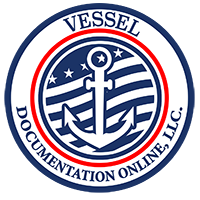It’s forbidden by Annex V of MARPOL 73/78 to throw, discharge or deposit any refuse material of any kind, including trash, garbage, oil and other pollutants, into the waters on the USA. Regulations issued under the Federal Water Pollution Control Act require all vessels with propulsion machinery to have a capacity to retain oily mixtures on board.
No person may intentionally drain oil or oily waste into the bilge of any vessel. Any discharge of hazardous substance in the water must be immediately notified to the US Coast Guard calling the toll-free number 800-424-8802 or 202-267-2675.
When reporting the incident, the following information is needed: location, size or quantity of released material, description (color, consistency, odor), date and time, source and cause of release (if known), and any other information that may help emergency personnel to respond for the incident.
Garbage discharge
MARPOL ANNEX V is the Act to Prevent Pollution from Ships, and places limitations on the discharge of garbage from vessels. It is considered illegal to dump plastic trash in any place of the ocean and navigable waters in the USA. That includes inland waters and anywhere in the Great Lakes. The discharge of other types of garbage like food waste, paper, rags, glass and others might be permitted outside specific distances offshore, depending on the nature of the garbage.
Marine Sanitation Devices
All the recreational boats with toilet facilities installed must have a Marine Sanitation Device (MSD) installed and working properly. Vessels 65 feet and under may use Type I, II or III MSD, and those over 65 feet must install a Type II or III MSD. In any case, the equipment must be certified by the US Coast Guard, who will label the devices except for some holding tanks that are certified by definition under the regulations.
The discharge of sewage is permitted within the 3 nautical miles of shore except in designated “No Discharge Zone” areas. When navigating these areas, the operator must secure the device in order to prevent any unwanted discharge.



